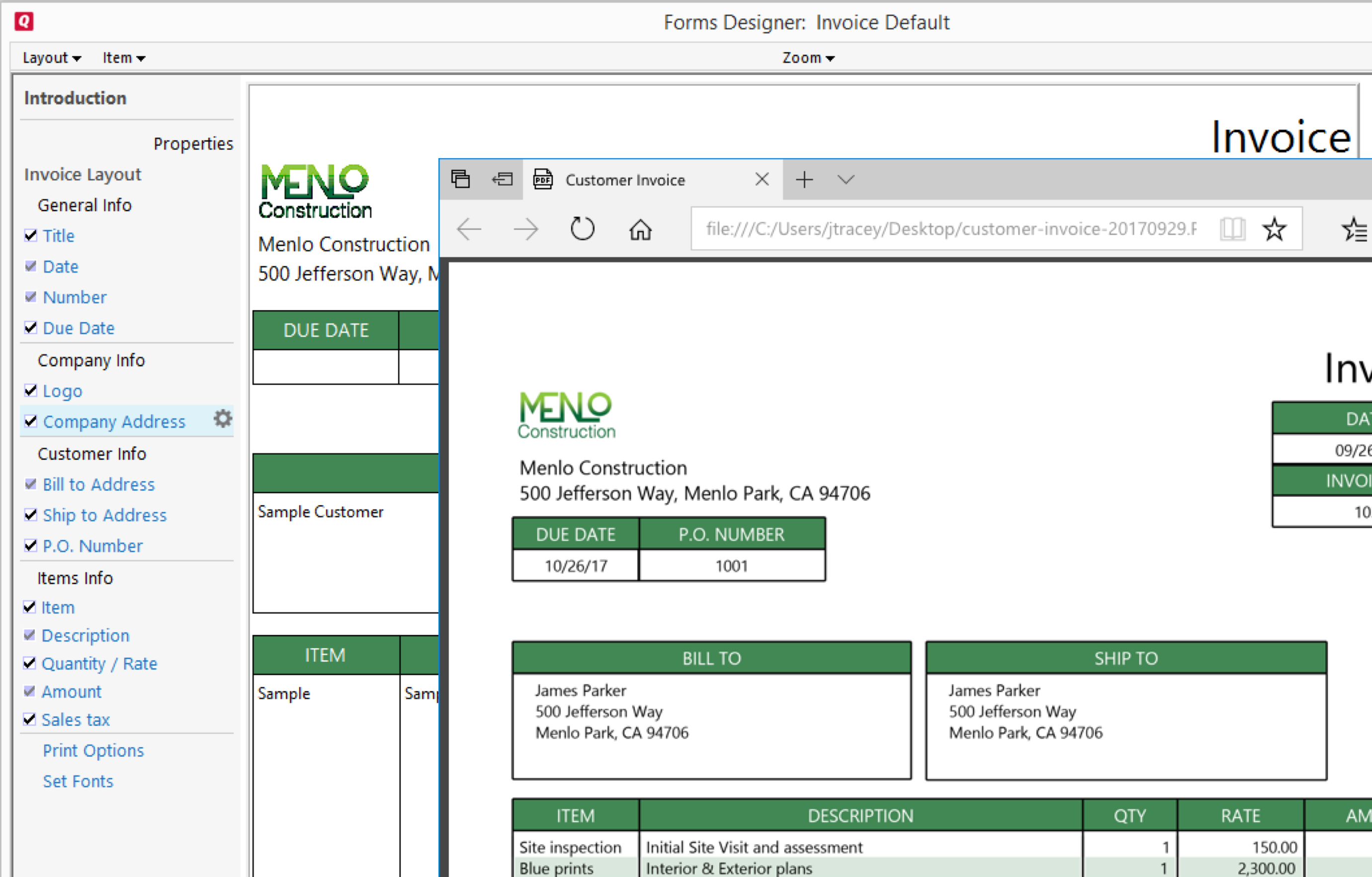Move Savings Account To Retirement Account In Quicken For Mac 2016
My Quicken 2016 has stopped downloading statements from my bank without having to go in and reset the account. Apparently 2018 version fixes it but they want $30 the first year and $70/yr after. In Moneywell, you address this by excluding the debt or the savings account from cash flow, and then categorizing the transfer as an expense category. But I don't see how to exclude accounts from cash flow in this program, and categorizing the transfer doesn't seem to help.
How to Use Quicken Accounts, Categories, and Tab s Understanding Accounts in Quicken In Quicken, an account refers to anything that you want to keep track of. It might be a checking or savings account; however, it could also be your investments or cash flow. Whenever you create an account in Quicken, it will appear in the Account Bar and the Account List. The Account Bar is pictured below. It is located on the left side of the Quicken screen. From the Account Bar, you can: • See all your accounts in Quicken • View your net worth • Add an account To view an account listed in the account bar, simply click on the account name. You will then see all transactions for that account.
Moving the Account Bar If you want the Account Bar to appear on the right instead of the left side of the screen, go to View>Account Bar, and select an option. Account Lists In addition to viewing your accounts in the Account Bar, you can also view a list of all them. You can view a list of your accounts by going to either Tools>Account Lists.
Quicken users track withdrawals in the retirement account’s transaction register. RMDs are calculated for each type of retirement account, resulting in different RMDs for 401ks and traditional IRAs. Using the Account Bar. The account bar contains the activity centers and is located on the left side of the home page (unless you changed the position or removed it in Chapter 2, “Learning Quicken Basics,” when we covered setting Quicken preferences). Next, you can move on to tax-deferred accounts, such as your 401(k) or traditional IRA. Withdrawals from these accounts would be taxed at your regular rate. It’s a good idea to wait to take distributions from your Roth IRA account since it won’t be taxed by the federal government in retirement. Try out our federal income tax calculator.
IPhone Xs Cases iPhone XR Pokemon Go Amazon Echo Best iPhone Xs Cases. The Mail app that comes with your Mac doesn't provide the features you need, you're in luck. There are dozens of great email apps in the Mac App Store. I've tested many of them and these are my favorites. What's going to be your next email client for Mac? Mozilla thunderbird.
The account list is shown below. About Categories Categories in Quicken help you to track the source of a deposit into or a withdrawal from an account. For example, you might have a deposit into your checking account from your paycheck. Salary would be the category in that case. If it was the salary of your spouse, the category might be Spouse Category. You get the picture. However, a category can also be something you spend money on (an expenditure) such as clothes, or it can be the name of an account that you're transferring money into (Savings).
Categories help you know where your money is coming from and exactly where it's going. Reviewing the Built-in Categories Although you can easily create your own categories in Quicken, the program also provides some categories to you for you to use. We'll teach you how to add your own later, but for now let's take a look at the ones provided by Quicken.
To view the built-in categories, go to Tools>Category List. You'll see this window: In the shaded area on the left side of the above window, you can see the different types of categories arranged in groups.
Let's click on Personal Expenses and view the categories for it. This will help you get a better idea of how you can use categories. As you can see, it lists the different types of personal income you can categorize. It includes auto insurance, car washes, home phone, Internet, etc.

Each time you'd enter a transaction, you would assign it one of these categories (or one that you create). This will help you to track your various sources of expense. You can do the same with personal income, transfers, etc.